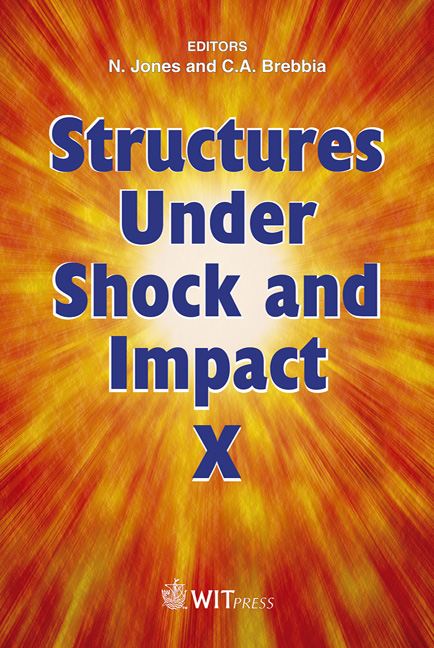Reliability Of Concrete Columns Under Vehicle Impact
Price
Free (open access)
Transaction
Volume
98
Pages
9
Page Range
157 - 165
Published
2008
Size
624 kb
Paper DOI
10.2495/SU080161
Copyright
WIT Press
Author(s)
D. Mestrovic, D. Cizmar & L. Miculinic
Abstract
As many actions on bridges are well known and easily determined, problems arise in the modeling of accidental situations such as the impact of vehicles on a bridge substructure. European regulation EN 1991-7 provides strategies and rules for safeguarding buildings and other civil engineering works against identifiable and unidentifiable accidental actions. This article will focus on vehicle impact on concrete columns. European regulations recommend minimum equivalent static design forces due to vehicular impact on members supporting structures over roadways. The value of this force is dependent only on the type of road (speed and mass of vehicle) and height of the impact. This kind of calculation is deterministic and in principle can’t take into account all the uncertainties that arise prior to and during vehicular impact with a concrete column. The impact probability, angle of the collision curse, vehicle velocity, vehicle mass and stiffness (actions on the column), the material and geometrical properties of the column (resistance of the column) are modeled in a probabilistic manner and the probability of failure is analyzed. This article will compare deterministic and probabilistic modeling of vehicle impact. It is concluded that deterministic modeling of vehicle impact can largely underestimate actions (forces) on columns during impact. Keywords: impact force, probabilistic, reliability. 1 Introduction All actions on structures are, in principal, probabilistic in their nature. However, we can state that some of the actions are well known and relatively easily
Keywords
impact force, probabilistic, reliability.





